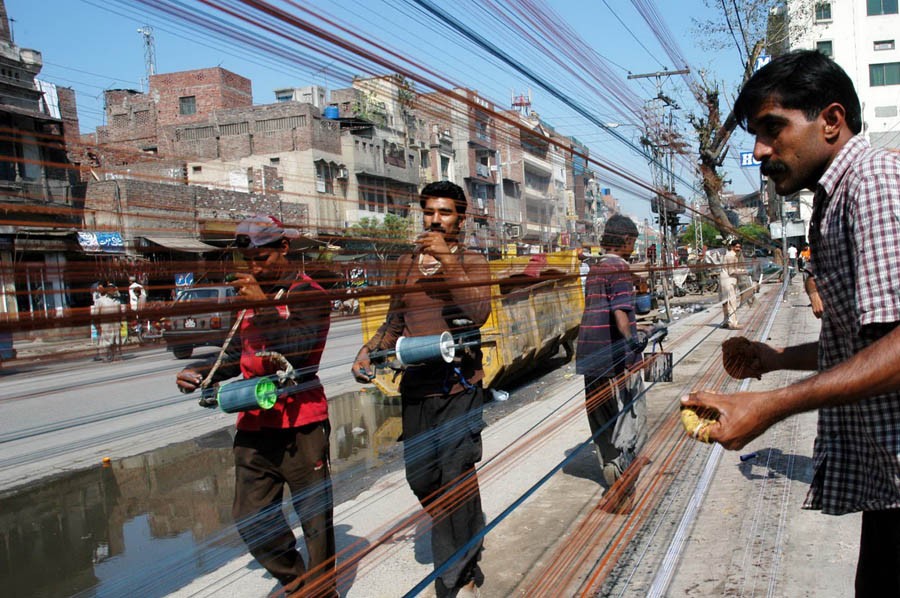
Kite-flyers suggest a number of measures which if taken will ensure everyone’s safety

The news that Punjab Government will possibly allow ‘safe basant’ in the city gave a new impetus to media to talk about it. It was soon refuted by the government though. The issue over which kite-flying was banned was the danger it poses to commuters and kite-flyers on rooftops. As nothing can take precedence over life, ensuring safety is a pre-requisite to allowing this sport.
A kite-flying enthusiast Khalid Malik points out three problems here and also gives their solution. To ensure nobody falls from rooftops, union councils have to inspect their respective areas. "The Union Councils (UC) will go and check every rooftop in their area if that is safe or not for flying kite. It will then issue a certificate to that household whose rooftop is identified as safe. Anyone who has to fly kite has to comply with the UC’s decision."
The other issue that comes up on such occasions is of aerial firing. Malik asks, "How difficult is it to pinpoint them? Doesn’t the police SHO know who keeps arms in his area? Government has the means to control it," he says.
Third major hurdle in this sport is unsafe string (doar) which has caused many fatal accidents that led to a ban on kite-flying. Khalid Malik says, "There was a very expensive product (thread) which was used by limited consumers. Now it is not being made."
"All political parties should stop point-scoring. They have had issues before this and they will find issues after this," he went on to say.
Customised jackets and safety antennas are available in the market. A suggestion comes from a kite-flyer that may be philanthropists and multi-national companies can buy people safety gear which costs Rs50 only and will be a good ad campaign for them.
Another kite-flyer Muhammad Nadeem who is a member of All Pakistan Kite-flying Association and had a part-time business of kites, a shop where he sold them says, "Safety is everyone’s concern. Only thin thread (doar) that has 9 chords should be used to fly kite. It breaks by itself and does not cut through the skin. Doars have numbers. Number 2, 5, 8 and 35 are all safe threads (doars) as they are thin threads that break by themselves. Thick threads are dangerous and must not be used for flying kite. Again coming to doar numbers, number 25 has 12 chords and should not be allowed. Number 16, 300 and 600 have 18 chords and are extremely dangerous."
About the right kite, he says, "They are Gudda; Ek tawa and one and a half tawa, Patang; sarrh, four and a half and five gitthi. Kites of bigger size than these should not be allowed.
"Government should allow opening of shops in kite business three months ahead of basant festival. Shops can be checked. Anyone can go and ask for a certain doar and kite. If those that pose danger are available in shops, they can be seized and the shop sealed. This way the government can eliminate dangerous elements," says Nadeem.
He asks the government to allocate a point where people can fly kites. The government can send people outside the city, he suggests and insists upon marking an area for the purpose.
"Children have fallen into bad habits in the absence of sports. Young people are seen taking more drugs now. Sports like kite-flying which is particularly popular among Lahorites can keep children away from bad habits," he says.
At the Townhall, personal staff officer to the administrator says the government hasn’t taken any decision regarding basant so nothing is happening in this regard.
Fear magnifies danger but the sport lovers have thought over possible dangers that are there and suggest ways to remove them. The government should pay heed to their advice. The measures suggested, if taken, can ensure safety and help overcome fears that arise from the thought of kites flying in the city.